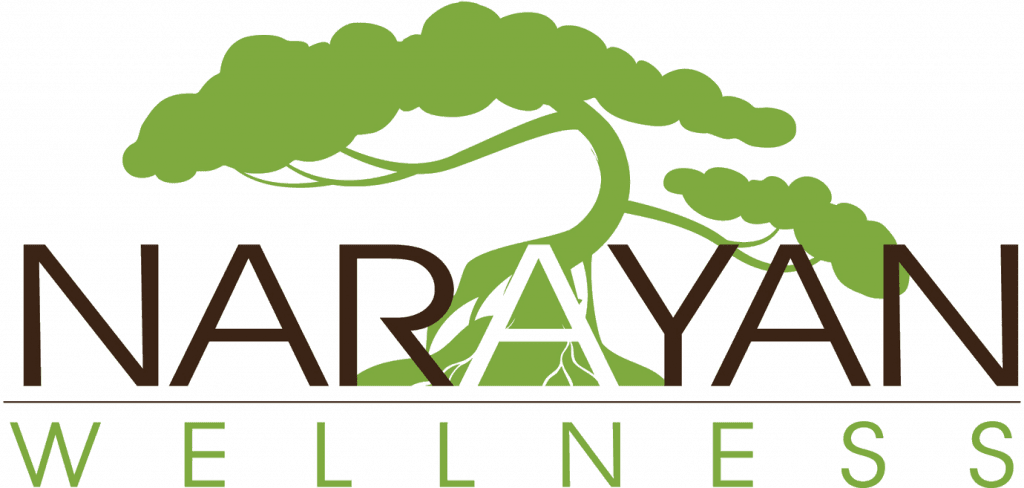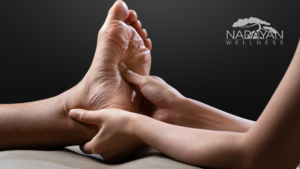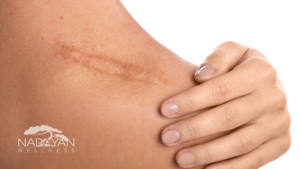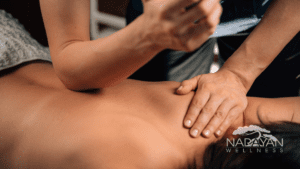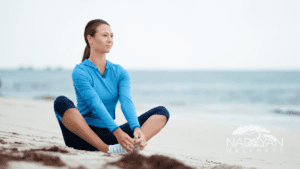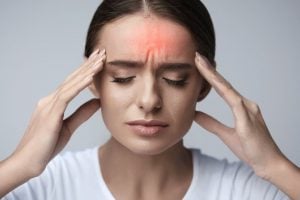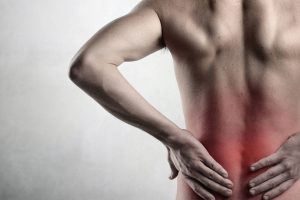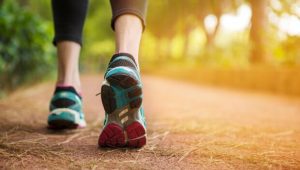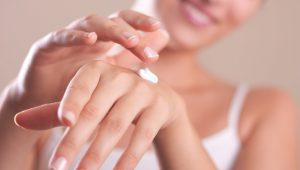Whether you’re a weekend warrior, a CrossFit enthusiast, or a professional athlete, your body takes a beating. While consistent training builds strength and stamina, it also increases physical stress that, over time, can hinder performance and lead to injury. That’s where sports massage comes in which is a powerful, science-backed tool that doesn’t just soothe soreness but actively enhances recovery, performance, and longevity.
In this post, we’ll explore how sports massage can be your secret weapon for peak physical function, not just for pros, but for anyone leading an active lifestyle.
What Is Sports Massage?
Sports massage is a specialized form of massage therapy designed to prevent and treat sports-related injuries, boost performance, and support recovery. Unlike relaxation massage, sports massage targets muscle groups used in specific activities, focusing on improving mobility, flexibility, and reducing muscle tension.
It’s a proactive therapy, not just for when you’re hurting, but to keep you from getting hurt in the first place.
Key Benefits of Sports Massage for Athletes
- Accelerated Recovery: Massage stimulates circulation, helping flush out lactic acid and reduce soreness.
- Improved Flexibility: Increases muscle and connective tissue elasticity, reducing injury risk.
- Reduced Inflammation: Manual pressure promotes lymphatic drainage and reduces swelling.
- Mental Clarity and Stress Relief: Massage activates the parasympathetic nervous system, aiding in holistic recovery.
How Sports Massage Enhances Athletic Performance
Think of your body like a high-performance machine. Sports massage keeps every part well-oiled. From pre-event stimulation to post-event recovery, it improves muscle function, delays fatigue, and speeds up recovery.
The Role of Massage in Injury Prevention and Recovery
Sports massage identifies and treats adhesions (knots), muscle imbalances, and asymmetries before they evolve into injuries. Post-injury, massage improves circulation and helps tissue regeneration, reducing downtime and scar tissue.
Types of Sports Massage Techniques
- Effleurage: Long, gliding strokes
- Petrissage: Kneading muscles
- Friction: Deep cross-fiber pressure
- Compression: Rhythmic pressing
- Trigger Point Therapy: Focused muscle knot release
- Stretching: Passive motion to extend mobility
When and How Often Should Athletes Get a Sports Massage?
The ideal frequency depends on your activity level:
| Activity Level | Recommended Frequency |
|---|---|
| Recreational Athlete | Every 2–4 weeks |
| Competitive Athlete | Weekly or bi-weekly |
| Training for Event | 1–2x per week pre-event |
| Post-Event Recovery | Within 24–48 hours |
Beyond the Game: Benefits for Active Lifestyles
Even if you’re not a competitive athlete, sports massage is incredibly useful:
- Helps cyclists and runners reduce overuse injuries
- Enhances flexibility for yogis and dancers
- Relieves postural tension for desk workers
- Supports recovery for busy parents who are physically active
Real Stories: How Massage Transformed These Athletes
Sasha, Marathon Runner – Pleasanton, CA: “Before incorporating massage, I’d always hit a wall at mile 18. Now I run stronger, recover faster, and haven’t missed a race due to injury in 2 years.”
David, Weekend CrossFitter: “Deep tissue and trigger point sessions helped me break through shoulder tightness that held back my lifts. I lift pain-free now!”
Maria, Yoga Instructor & Mom of Two: “Massage helps my body handle teaching 10 classes a week and still have energy for my kids. It’s a must in my self-care routine.”
Integrating Sports Massage into Your Wellness Routine
- Communicate clearly: Discuss goals and pain points with your therapist.
- Stay consistent: One session isn’t enough; schedule regularly.
- Hydrate and rest: Water and sleep help the body detox and repair.
- Combine with mobility work: Foam rolling and stretching extend the benefits of massage.
Anatomy of Performance: Muscles & Systems Targeted in Sports Massage
Sports massage engages multiple systems to optimize physical performance:
- Muscles: Targets superficial and deep muscle groups heavily involved in athletic movement.
- Fascia: Manual therapy releases adhesions that restrict motion and create pain.
- Tendons & Ligaments: Gentle massage supports joint stability and flexibility.
- Nervous System: Encourages neuromuscular relaxation and decreases sympathetic stress.
- Circulatory & Lymphatic Systems: Enhances oxygen delivery, reduces inflammation and swelling.
Evidence-Based Insights: Research Studies on Sports Massage Effectiveness
Numerous studies back the impact of massage on performance and recovery:
- Baker et al. (2023): Found a 30% acceleration in post-training recovery and DOMS reduction.
- Chen & Gupta (2024): Observed a drop in creatine kinase levels in endurance athletes post-marathon with massage protocols.
- Controlled Trials: Improved lactate clearance, reduced muscle microdamage, enhanced flexibility and joint range of motion.
- Neuroscience Insights: fMRI scans show that massage activates brain regions tied to pain modulation and emotional regulation.
Sports Massage Compared: Sports Chiropractic, Physical Therapy, and Massage
Here’s how these three disciplines differ and align:
- Massage Therapy: Focuses on soft tissues to reduce tension and improve function.
- Chiropractic Care: Specializes in spinal and joint alignment to improve biomechanics.
- Physical Therapy: Provides rehabilitation and exercise-based protocols to restore movement.
Best results come from integrating these approaches, especially for athletes managing chronic injuries or returning from surgery.
Tools & Modalities: Complementary Aids Like Cupping, Taping, and Cryotherapy
Enhance your massage with these adjunct techniques:
- Cupping: Improves circulation, reduces fascia tension, and promotes muscle relaxation. Dry cupping is common among runners and swimmers.
- Kinesiology Taping: Supports joint and muscle alignment post-massage and reduces swelling in high-use areas like knees and shoulders.
- Cryotherapy: Cold therapy used post-massage decreases inflammation and helps with faster muscle recovery.
Tailoring Massage to Sports: Running, Cycling, Strength Training & Team Sports
Each sport places unique stress on specific muscle groups:
- Runners: Focus on calves, hamstrings, IT band, and glutes to maintain stride efficiency and reduce injury.
- Cyclists: Require deep work on glutes, hips, lower back, and quads for long-distance posture support.
- Strength Trainers: Respond best to trigger point and cross-fiber work on traps, shoulders, chest, and back.
- Team Athletes: Need full-body balancing work to recover from multi-directional movement and contact impacts.
Mindfulness Meets Massage: Mental Performance & Psychological Recovery
Massage isn’t just for muscles, it also impacts the mind:
- Reduces anxiety and performance-related stress by lowering cortisol and stimulating the parasympathetic nervous system.
- Enhances flow states through increased body awareness and mental relaxation.
- Improves sleep and mood by increasing serotonin and dopamine post-treatment.
Incorporating breathing and mindfulness during massage amplifies benefits for both physical and psychological resilience.
Nutrition & Massage: Maximizing Benefits for Recovery and Performance
- Hydrate: Drink water before and after your session to assist in detox and cellular recovery.
- Fuel with Protein: Aim for 20–30g of protein post-massage to support muscle repair.
- Add Antioxidants: Include berries, turmeric, or tart cherry juice to reduce inflammation.
- Time It Right: Avoid deep massage within 1–2 hours of a heavy meal or intense workout for best results.
Costs, Insurance, and Finding a Qualified Sports Massage Therapist
Prices vary based on experience and location. In Pleasanton, CA:
- Cost: $95–$140 per session
- Packages: Multi-session discounts (e.g., 5–10% off for 5+ sessions)
- Credentials: Look for licensed massage therapists (LMT) with certifications in sports therapy.
- Insurance: Ask if HSA/FSA or PPO coverage is available for medical massage with referral.
At-Home Self-Massage Techniques: Foam Rollers, Massage Guns, and Tools
- Foam Rollers: Use for quads, IT bands, and thoracic spine; roll slowly for 60–90 seconds per muscle group.
- Massage Guns: Set to low/medium setting; apply in circular motion to calves, traps, and hamstrings.
- Lacrosse Balls: Target trigger points in glutes, feet (plantar fascia), and shoulders.
Combine these tools with dynamic stretching for best results and always breathe deeply during use.
Future Trends in Sports Massage: AI, Wearables, Virtual Coaching
- AI Massage Tables: Pressure-sensing tables that adapt techniques in real-time.
- Wearable Integration: Fitness trackers that recommend massage timing based on recovery data (e.g., HRV, muscle fatigue).
- Virtual Coaching: On-demand apps offering guided routines for pre-massage prep and post-massage mobility.
Technology is revolutionizing sports recovery and massage is evolving alongside it.
Final Thoughts
From amateurs to elite competitors, sports massage transforms how your body handles physical demand. It accelerates healing, enhances performance, and prevents breakdowns, helping you train smarter, not just harder.
If you’re ready to bridge the gap between pain and performance, consider integrating sports massage into your routine. Your future self, stronger, healthier, and more resilient, will thank you.
FAQs
How does sports massage differ from regular massage?
Sports massage targets muscles used during physical activity, using specific techniques to improve performance and recovery, unlike relaxation-focused massages.
Can sports massage help prevent injuries?
Yes. It detects tightness, imbalances, and early signs of overuse, addressing issues before they turn into injuries.
How long should a sports massage session last?
Sessions typically last 30–90 minutes, depending on focus areas. Athletes often prefer 60–75 minutes for full-body work.
Is sports massage painful?
Some techniques may feel intense, especially if you have tight muscles, but it shouldn’t be unbearable. Communication with your therapist is key.
Should I get a sports massage before or after a workout?
Before for activation and circulation; after for recovery and muscle relief. Your goal determines the timing.
